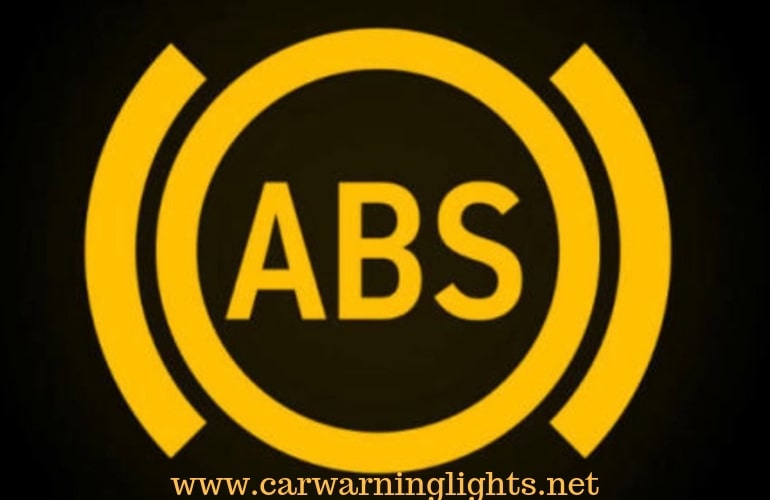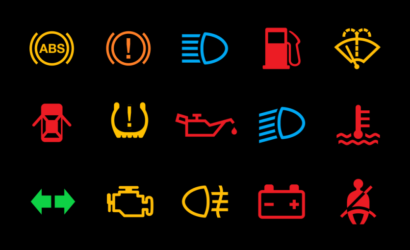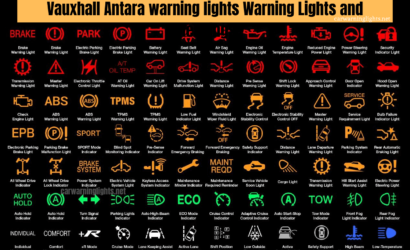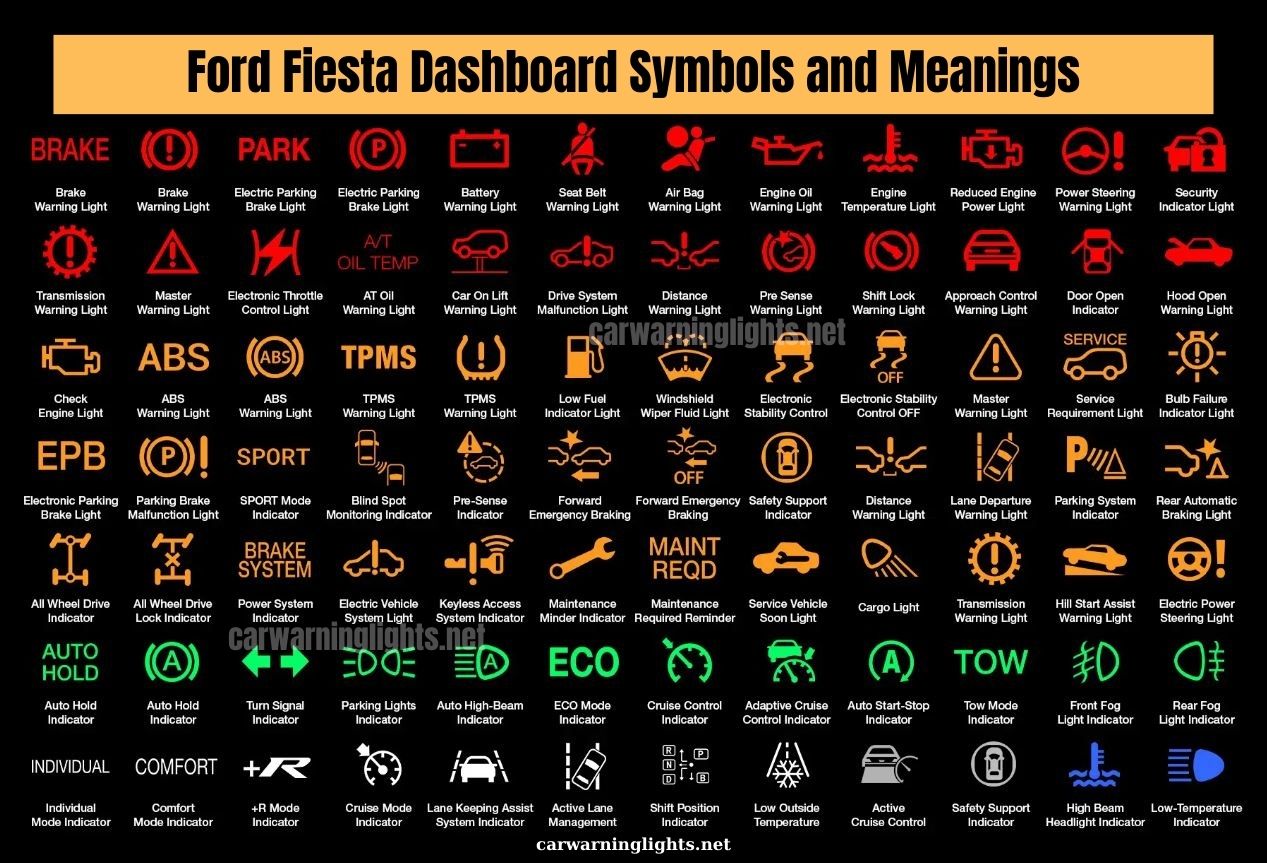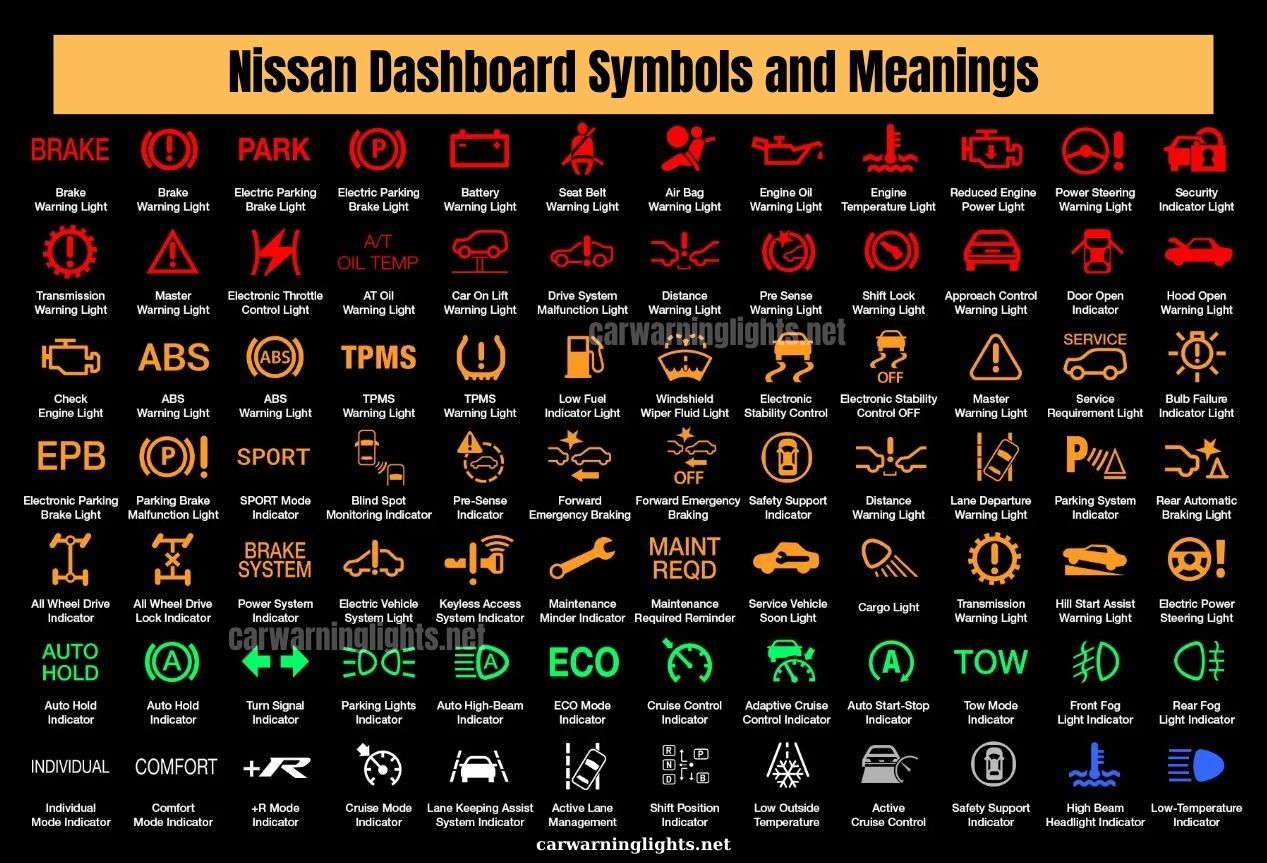Why Does ABS Warning Light Turn On?, How to Turn ABS Warning Light Off?, The Complete Guide for ABS Warning Light…
What is ABS Warning Light?
The ABS light on your vehicle is a warning light that is specifically connected to the unlocking brake system. The lamp is usually amber, but some vehicles may have a yellow, orange or even red color.
The symbol of the lamp is usually ABS letters surrounded by two circles. The circle on the inside is full, and the circle on the outside is cut off from the top and bottom and only the bows on the edges are left. This symbol is only ABS letters.
The ABS warning light on your instrument panel lights up in the first few seconds when you start your vehicle and goes off when the control is complete. If the light does not go out, or if it burns while driving, there is something wrong with the ABS system.
How Does The ABS System Work?
The sensors mounted on each wheel track the rotation speed of the wheels. If a wheel rotates slower than the others during braking, it indicates that the wheel is locked, that the vehicle is at risk of slipping, and therefore the driver may lose steering dominance.
To prevent locking in the ABS system, there is a pump and valve that applies brake fluid pressure to each wheel in the correct amount.
If the data from the sensors on the wheels indicate the vehicle’s risk of throttling, the ABS intervenes as the driver brakes the locked wheel to save time for steering and to prevent the vehicle from slipping.
In this position, the blinking is prevented and the brake distance is shortened.
If there is any problem in your ABS system that could prevent it from fulfilling these functions, the ABS warning light will be on.
Why Does ABS Warning Light Turn On?
The sensors on the wheels may be dirty. The problem can be solved if the inside of the wheel is cleaned by holding the pressurized water in the inside of the hood. If the lamp still does not go out, unplug the battery terminals for a few minutes and reinstall. If the problem persists;
- The sensors may have failed.
- There may be a problem with the cables between the sensors and the ABS controller.
- The car may have been insured.
- The ABS control unit may be damaged.
- There may be a problem in the pump or the valve.
- Brake fluid may be low.
IMPORTANT TIP: If there is a problem with the normal braking system, the red brake light and the ABS light are also on.
The vehicle can be used even if the ABS system is defective.
(It is very risky if the brake light is on) However, it will be less reliable in terms of braking than the old one. However, if the ABS lamp is still on, this problem must be solved. Because if the ABS does not work, traction control and stability control systems that are in the vehicle and provide safety of driving may not work.,
How to Repair ABS Light Warning?
The repair of the ABS system and the devices are required to diagnose problems which are not usually found in the drivers. Also, the drivers usually do not have enough knowledge on these issues. But there are some things drivers can do in this regard.
Some vehicles have a separate brake fluid reservoir for the ABS system, while others use a single reservoir. In both cases, controlling the level of brake hydraulics is easy for most drivers. If the level is low, you can handle it. However, it is necessary to use the correct liquid types.
If you have some knowledge and experience about the tools If you can find and know where your ABS control unit and pump are located, you can check that they are tightly fitted and that there is no decay or corrosion in the electrical connections.
You can also check the ABS fuse at the same time.
Another thing you can check before you go to service is whether the wheel speed sensors are tightly fitted and free from contaminants.
These sensors are mounted on the hub of each wheel, so you can see the fronts more easily by turning your wheels to the left or right. Things in the back are a little more difficult.
If the ABS warning light is on even though these controls are on, you can go to the service and find out the cause of the fault by connecting your vehicle to the OBD.

